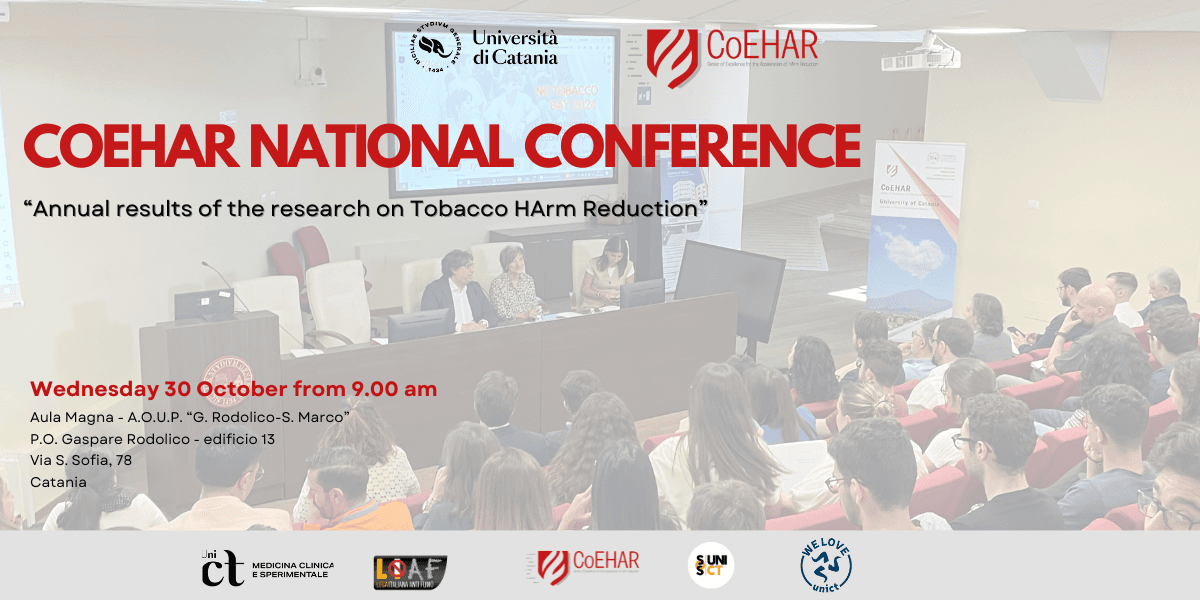Introduction: Many smokers who use e-cigarettes (ECs) to quit continue smoking alongside vaping. The impact on health among individuals who simultaneously smoke conventional cigarettes (CCs) and use ECs remains unclear. The varying patterns of dual use present differing levels of overall toxin exposure and relative risks concerning smoking-related diseases. Understanding these complexities is vital to assessing the implications for human health.
Objective: Herein we describe a protocol designed to analyze the impact of different level of substituting CCs with ECs on exposure to toxicants. We’ll use biomarkers to measure this exposure and assess harm reduction in dual users through clinical endpoints, harm-related biomarkers, and behavioral correlations. We expect to observe progressive changes with varying patterns of dual use.
Methods and analyses: For this purpose, we planned to recruit a group of 250 smokers who will be asked to reduce their CC consumption by adopting ECs (intervention group). A separate group of 50 smokers will continue to smoke CC (reference group). Study groups will be followed up for 6 months during which biospecimens will be collected for biomarker analyses, and clinical endpoints will be assessed. The trial is structured to characterize subjects’ usage patterns over time using robust biomarkers of exposure and a standardized mobile phone application to facilitate the precise categorization of dual users along the risk continuum based on their usage behaviors. Subject recruitment will start in February 2024 and enrolment is expected to be completed by August 2024. Results will be reported early in 2025. Study findings may provide valuable insights into health benefits or risks associated with varying patterns of dual use.
Ethics and dissemination: The study protocol and informed consent forms will be approved by the local Ethical Review Boards. Study results will be disseminated through articles published in reputable, peer-reviewed, open access, scientific journals, presentations at conferences, and the University website.

